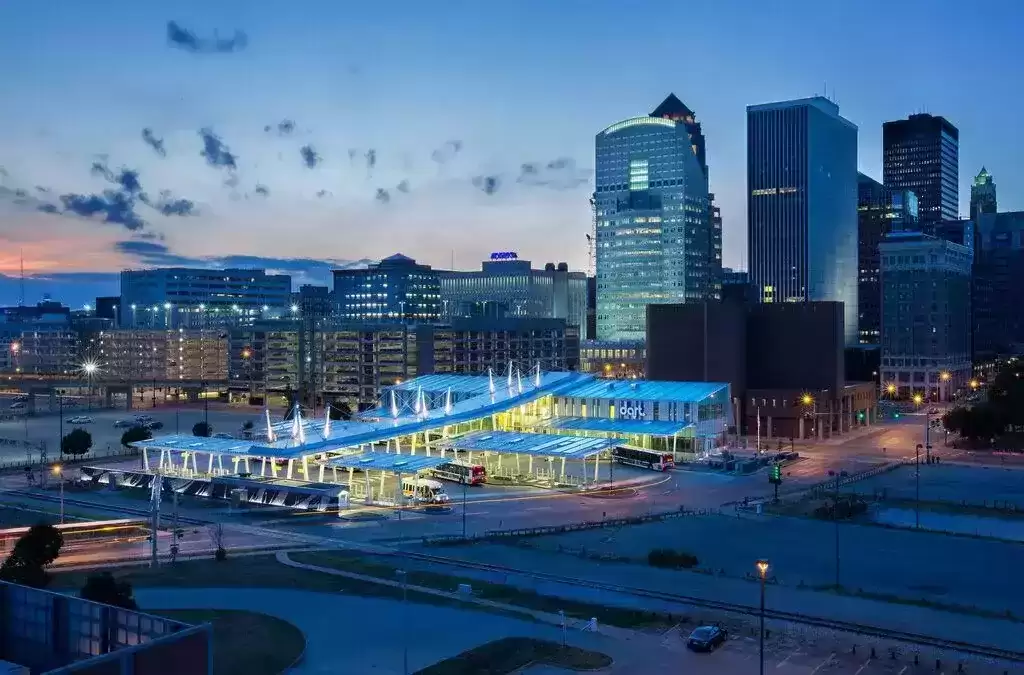Will Gamble Architects draws on desert modernism in London
Natural materials were employed throughout Palm Springs, a glazed addition to the rear of a Grade II-listed home in north London, designed by the British studio Will Gamble Architects.
Situated in a conservation area, the addition draws inspiration from the mid-20th century desert modernism style that originated in Palm Springs.
Will Gamble Architects drew inspiration for the project from the forms and material palettes of desert modernism, a nod to the clients’ Californian roots.
This includes the extension’s walls, which are intended to link the indoors and outside, having floor to ceiling windows and natural materials.
“The overarching concept behind the design is influenced by the clients’ connection with California and desert modernism which helps define the architectural landscape of Palm Springs,” Will Gamble, the founder of the company, told Dezeen.
“Notable for its use of floor-to-ceiling glass, clean lines, natural materials and the connection between indoor and outdoor space, desert modernism became the driving design principle behind the entire scheme.”
Will Gamble Architects not only expanded the house but also renovated and reorganized its current interior. The ground floor’s new and old sections are now joined by a living area.
The studio tried to minimize meddling upstairs. With a simple background of white painted walls and a grey floor, historical details such as elaborate ceiling mouldings and a delicate staircase balustrade are accentuated.
Located at the end of the existing component of the property, the kitchen area is tucked in next to the living and dining areas of the additional lower level.
The ground level is finished with terrazzo worktops and Douglas fir cabinets, and the kitchen center is dominated by a huge black marble-coated cubic volume.
A set of wooden sliding doors may be pulled out to divide the open plan living, dining, and kitchen areas. The studio anticipates that this will enable flexible usage of the area.
The expansion, which is situated somewhat below the remainder of the ground floor, has transparent walls all around it. Moreover, it is brightened by a timber ceiling with gridded elements that runs down one wall to create a pattern of cubby holes and
“The lattice roof, with its grid-like arrangement, was inspired by the honest use of natural materials and expression of structure that is a defining feature of modernist design,” Gamble said.
“The floating roof draws your eye out into the garden to establish an intimate connection with the surrounding garden.”
Earth toned furniture, such as a green corner sofa, highlights the natural material palette of the space. Both indoors and outside, terrazzo is utilized for low-lying walls that divide the backyard garden and planters.
“The terrazzo is a contemporary material commonly used in modernist buildings and throughout Palm Springs. Also, it forms the kitchen worktops, banquet seating, and the internal walls to the extension,” stated Gamble.
“This special material creates retaining walls that attach the building into the surrounding landscape, extending towards the garden. A key component of desert modernism, the building’s integration of internal and outdoor space is strengthened by the terrazzo’s extension into the garden, said Gamble.
A pavilion with a monopitched sedum roof and covered in cork was erected by the studio at the end of the split-level garden, situated on a wooden deck. Currently serving as a yoga studio, The Hide is a multipurpose facility that may also serve as a home office.
“The cork protects [The Hide] from the elements whilst wrapping it in a ‘thermal jacket’ to keep it warm. Furthermore, it acts as a natural, sustainable and breathable form of insulation whilst providing a unique visual appearance.” “The wavy texture is almost bark-like in appearance allowing the building to blend seamlessly into its immediate context. Also defined by the mottled historic brick walls and dense vegetation that lines the garden.”
Finally, find out more on ArchUp:













